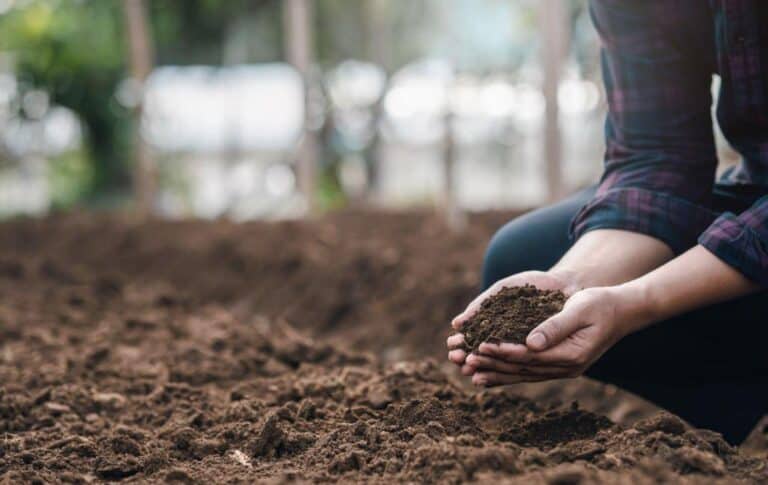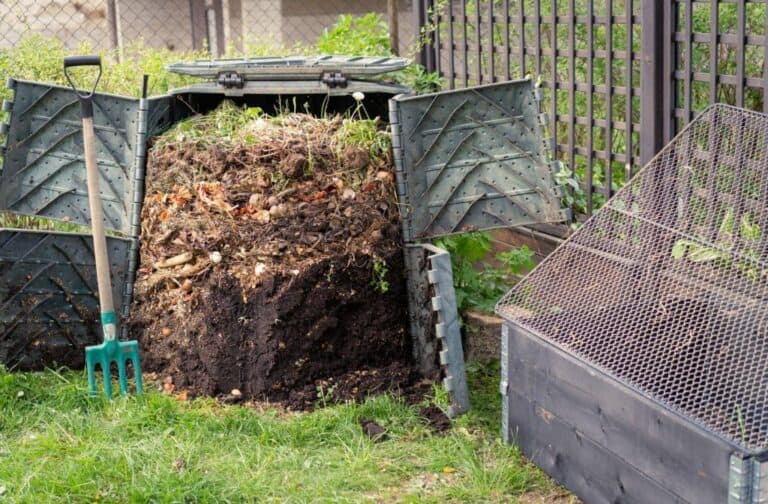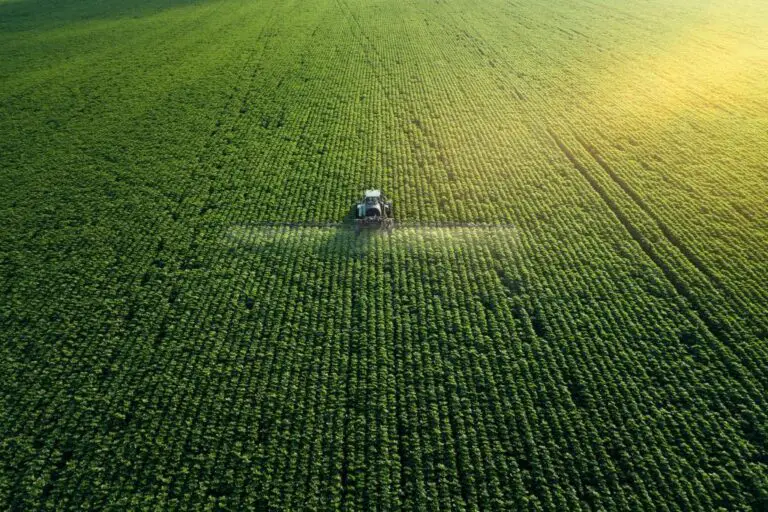How to Compost Chicken Manure and Pine Shavings for Healthy Soil
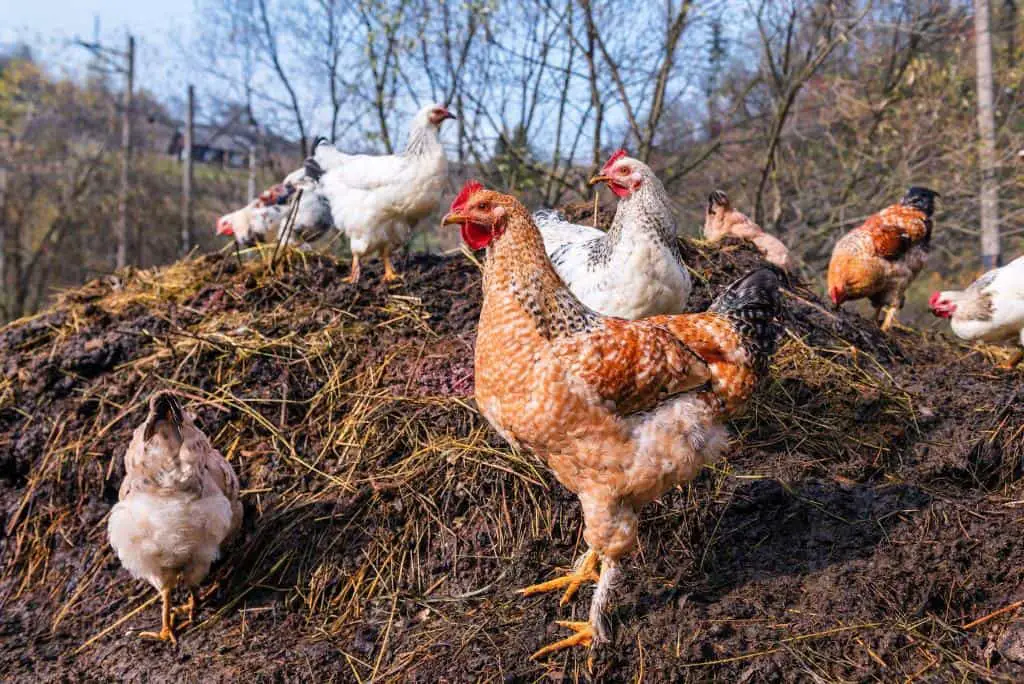
Gardening enthusiasts, gather ’round, for we’re about to embark on a journey into the heart of sustainable, thriving gardens. You see, behind the scenes of every verdant paradise lies a little-known secret: the art of composting chicken manure and pine shavings. It’s like concocting a potion for soil health, and in this article, we’re revealing the magic recipe.
Imagine turning what might seem like a messy coop cleanup into a treasure trove of nutrients that’ll supercharge your garden. This is the transformative power of combining chicken droppings with pine shavings, and it’s a game-changer for any gardener, whether you’re a green-thumbed pro or a newbie with a newfound passion for growing things.
We’ll take you through the process, explaining the best ratios, dos and don’ts, and demystifying the science of composting chicken manure and pine shavings. Your garden will thank you by producing vibrant, thriving plants and bountiful harvests.
So, grab your gardening gloves and get ready to unlock the secrets of healthy soil with this natural, eco-friendly solution.
Why Compost Chicken Manure and Pine Shavings?
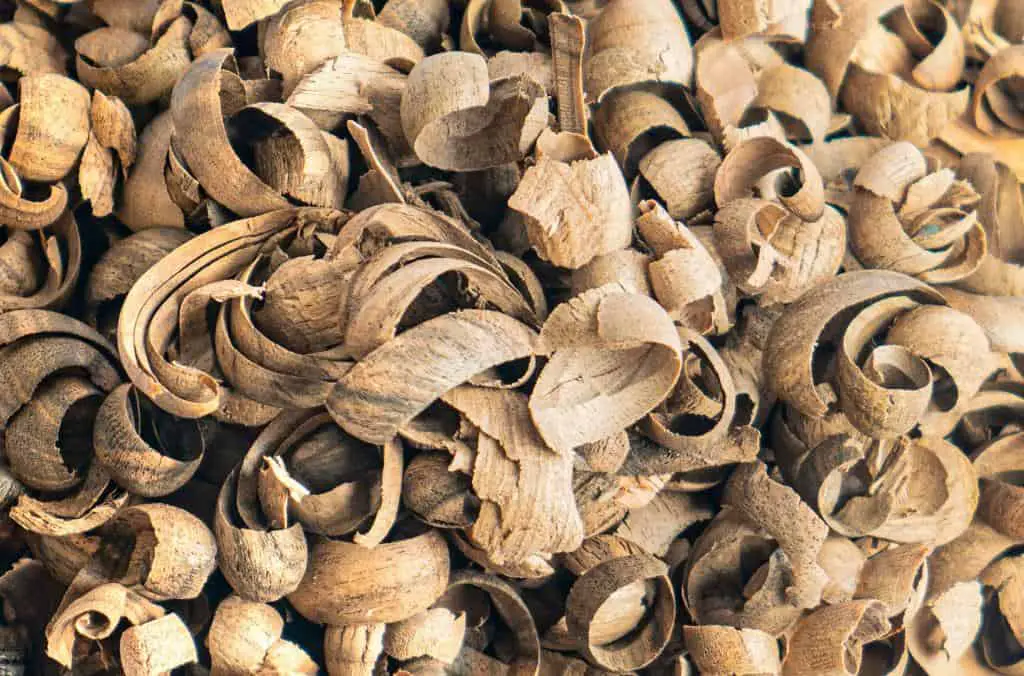
When it comes to nurturing a flourishing garden, few things are as valuable as healthy soil. Composting chicken manure and pine shavings is a practice that holds the key to unlocking nature’s potential for your plants.
Before delving into the composting process, let’s understand why chicken manure and compost materials are a valuable addition to your garden:
- Nutrient-Rich Content: Chicken manure is renowned for its high nitrogen content, making it an excellent source of essential nutrients for plants. Pine shavings, on the other hand, provide the necessary carbon for a balanced compost mix.
- Sustainability: Composting chicken manure and pine shavings reduces waste and minimizes environmental impact. It’s an eco-friendly way to dispose of poultry bedding materials.
- Soil Structure Improvement: The composted mixture enhances soil structure, making it well-aerated and moisture-retentive. This results in healthier, more resilient plants.
Materials You’ll Need
To get started, gather the following materials:
- Fresh Chicken Manure: Collect chicken manure from your coop, ensuring it’s relatively fresh. Avoid manure that’s too old or dry.
- Pine Shavings: Used as bedding for your chickens, pine shavings should be clean and free of chemicals.
- Compost Bin or Pile: You’ll need a designated space for composting, whether it’s a bin or a designated area in your garden.
- Pitchfork or Shovel: These tools are essential for turning and aerating the compost pile.
- Water Source: You may need water to maintain the right moisture level in your compost pile.
The Composting Process
Now, let’s walk through the step-by-step process of composting chicken manure and pine shavings:
1. Layering the Materials
Start by creating layers in your compost bin or pile. Alternate between layers of chicken manure and pine shavings. The ideal ratio is approximately 3 parts shavings to 1 part manure. This balance ensures a proper carbon-to-nitrogen ratio for effective composting.
2. Moisten the Pile
It’s important to keep the compost pile consistently moist but not waterlogged. Aim for a damp, sponge-like texture. Use a hose or watering can to add water as needed.
3. Turning the Pile
Every few weeks, turn the compost pile with a pitchfork or shovel. This aerates the pile, allowing oxygen to reach the microorganisms responsible for decomposition. Proper aeration accelerates the composting process.
4. Temperature Monitoring
A well-maintained compost pile will generate heat as it decomposes. Use a thermometer to monitor the temperature. The pile should reach temperatures between 130°F and 150°F (54°C and 65°C). If it gets too hot, simply turn it to cool it down.
5. Compost Maturity
Composting chicken manure and pine shavings can take anywhere from 3 to 6 months, depending on factors like temperature and pile size. Your compost is ready when it turns dark brown, has an earthy smell, and crumbles easily.
Balancing Carbon and Nitrogen Ratios
In the world of composting, achieving the perfect balance between carbon and nitrogen, often referred to as the C:N ratio, is akin to finding the right ingredients for a recipe. Just as a chef combines flavors for a delicious dish, gardeners must mix carbon-rich and nitrogen-rich materials in their compost pile to yield nutrient-rich, fertile compost.
The C:N Ratio:
The C:N ratio is a simple concept with profound implications for composting success. Carbon-rich materials, often termed “browns,” include items like dried leaves, straw, and yes, pine shavings. These materials provide structure and energy to your compost. On the other side of the equation, we have nitrogen-rich materials, or “greens,” such as kitchen scraps and, in our case, chicken manure.
Nitrogen-rich materials supply the essential nutrients that plants crave. Achieving the right balance ensures that microorganisms, the unseen heroes of composting, can work harmoniously to break down organic matter into nutrient-rich compost.
Achieving the Ideal C:N Ratio:
For chicken manure and pine shavings, the ideal C:N ratio is roughly 25-30 parts carbon to 1 part nitrogen. This balance ensures efficient decomposition while preventing issues like unpleasant odors and excess nitrogen that can harm plants. Achieving this balance is straightforward. When adding materials to your compost pile, layer them thoughtfully.
Start with a layer of carbon-rich pine shavings, followed by a layer of nitrogen-rich chicken manure. Continue this alternating pattern, like building a sandwich, until you’ve reached the desired pile size. Turning the pile occasionally further aids in mixing and maintaining the C:N balance.
Tips for Successful Composting
- Balancing Act: Ensure the right balance of carbon (from pine shavings) and nitrogen (from chicken manure) for efficient decomposition.
- Adequate Moisture: Maintain proper moisture levels to keep the composting process active. If it’s too dry, decomposition will slow down.
- Aeration Matters: Turning the pile is crucial for introducing oxygen, which speeds up decomposition and reduces odor.
- Compost Size: Larger piles tend to compost more efficiently, as they retain heat better.
- Avoiding Contaminants: Don’t add materials like diseased plants, meat, or dairy products to your compost, as they can attract pests and promote pathogens.
Applying Composted Chicken Manure and Pine Shavings to Your Soil
So, you’ve successfully composted chicken manure and pine shavings, and now you’re holding a treasure trove of nutrient-rich, garden-enhancing compost. The next step? Apply it to your soil to reap the benefits.
Here’s how to make the most of your hard-earned compost. Once your compost is ready, it’s time to reap the rewards in your garden.
- Soil Enrichment: Mix the compost into your garden soil or spread it as a top dressing. It will improve soil fertility and structure.
- Mulch: Use the compost as mulch to conserve moisture and suppress weeds around your plants.
- Potting Mix: Create a custom potting mix by blending the compost with other ingredients for container gardening.
- Tea Time: Brew compost tea by steeping a bag of compost in water. Use it to water your plants for an extra nutrient boost.
Application Method
When applying compost, you have options. You can spread it as a top dressing or mix it directly into the soil. For established plants, top dressing works well. Simply spread a layer of compost around the base of your plants, being careful not to mound it against stems or trunks. For new plantings or garden beds, mixing compost into the soil at a depth of 3-6 inches provides an excellent foundation for healthy root development.
In Conclusion
Composting chicken manure and pine shavings is a vital aspect of sustainable gardening. The process involves the decomposition of chicken litter and the conversion of pine shavings into organic fertilizer from chicken manure and waste. To successfully achieve this, follow these steps and tips for the composting process for poultry bedding.
By taking these measures, you’re not just managing waste more efficiently; you’re actively enriching your soil. The result? A thriving garden with the potential to yield bountiful harvests season after season. So, embrace the art of composting chicken manure and pine shavings and watch your garden flourish. Happy composting!
FAQs on Composting Process for Poultry Bedding
What are the benefits of composting chicken manure?
Composting chicken manure offers several benefits, including enriching soil with valuable nutrients, improving soil structure, enhancing water retention, and reducing the risk of nutrient runoff and pollution when used as fertilizer.
Can I compost chicken manure and pine shavings together?
Yes, you can compost chicken manure and pine shavings together. In fact, combining them creates a balanced carbon-to-nitrogen ratio, aiding in effective decomposition. Ensure proper layering and turning for efficient composting.
How long does it take to compost chicken manure and pine shavings?
Composting times vary but usually take around 6 to 12 months. Factors like temperature, aeration, and the C:N ratio influence decomposition speed. Regularly turning the pile can expedite the process.
What can I do with composted chicken manure and pine shavings?
Composted chicken manure and pine shavings make an excellent organic fertilizer for gardens, crops, and landscaping. Their nutrient-rich content enhances plant growth and soil health.
Can I use chicken manure and pine shaving compost on all types of plants?
Yes, you can use chicken manure and pine shavings compost on various plants, including vegetables, flowers, shrubs, and trees, but adjust the application rate based on specific plant needs.
Is it necessary to turn the compost pile regularly, and how often?
Regularly turning the compost pile is crucial to ensuring proper aeration and decomposition. Aim to turn it every 2-4 weeks, or as needed, to maintain optimal conditions.
What are the potential risks or challenges associated with composting chicken manure and pine shavings?
Risks and challenges include managing odors, preventing nutrient imbalances, and addressing potential pests or pathogens. Proper composting techniques and safety measures can mitigate these issues.




